Although statistics do not fully describe the reality and scale of human trafficking, it is important to note that this type of crime is on the rise and occurs in almost every country.
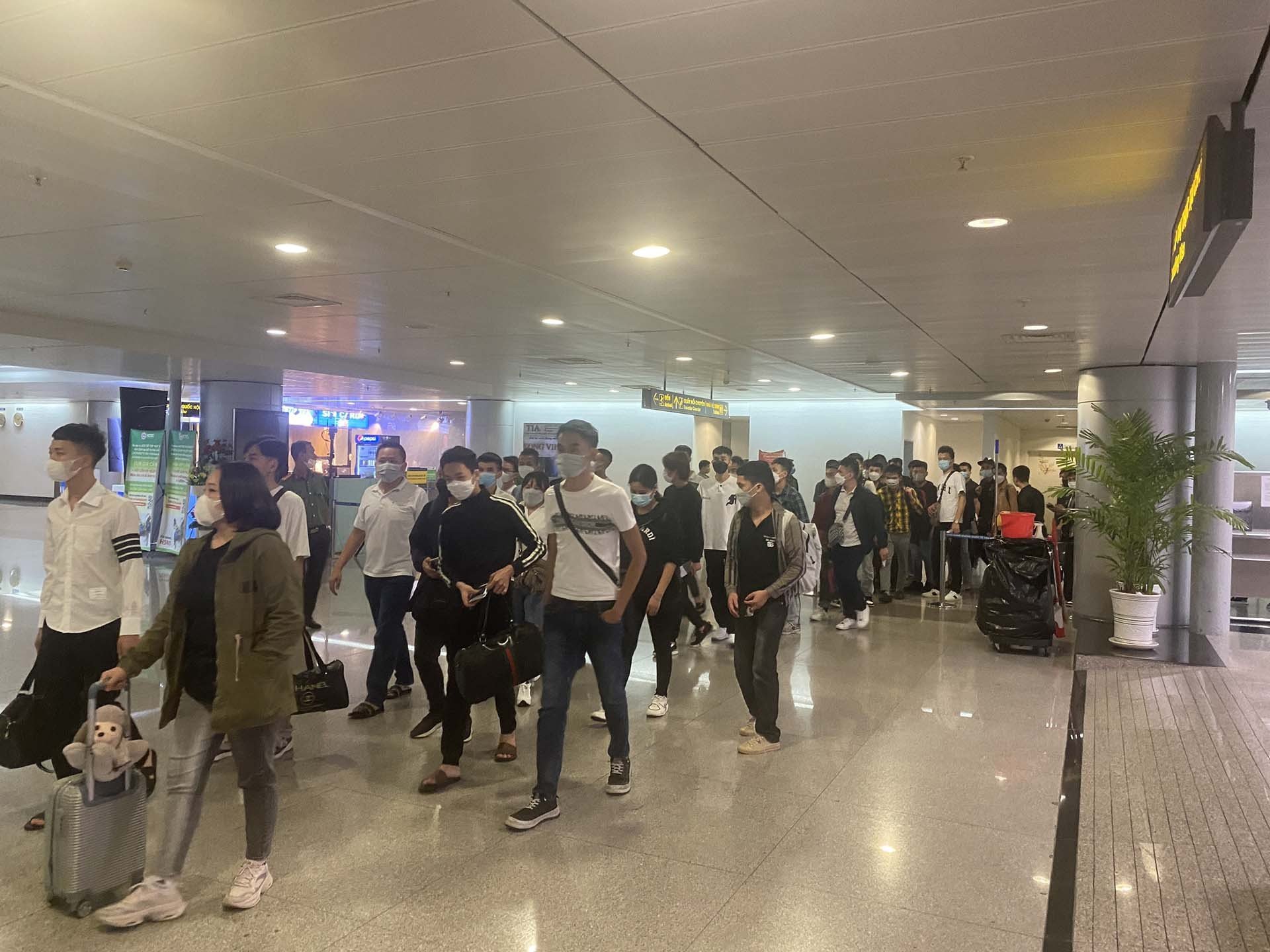 |
| 60 Vietnamese citizens rescued by Philippine authorities returned home on May 30. |
Current situation and hot spots
Although it is difficult to give exact figures on human trafficking victims, the United Nations estimates that each year about 2.4 million people are trafficked into forced labor worldwide, including 600,000 to 800,000 people trafficked across borders and 12,000 children forced to work as slaves on cocoa plantations in West Africa.
In mid-September 2022, 60 Vietnamese people fled a casino in Bavet city, Svay Rieng province, Cambodia. Subsequent investigation showed that the case had signs of human trafficking. The victims were deceived by relatives or online acquaintances by inviting them to find “easy jobs with high salaries” and were eventually sold to businesses and casinos in Cambodia, near the Vietnam border gate.
Not only that, on May 30, 2023, 435 Vietnamese people began to be repatriated by Vietnamese and Philippine authorities after being jointly rescued from a casino in Pampanga, Philippines. According to the Philippine side, the country's authorities rescued nearly 1,100 victims from many Asian countries who were tricked and trafficked to the Philippines. These people were then confiscated, detained and forced to participate in online fraud activities. At least 12 suspects were arrested and charged with human trafficking.
And recently, the tragic sinking of hundreds of people in a refugee boat off the coast of Greece in the early morning of June 14, 2023, was a wake-up call for Europe to have comprehensive solutions to the migration problem. Just two days after the incident, nine suspected human traffickers were arrested in connection with this tragic shipwreck.
| More than 150 countries on all continents are facing the crime of human trafficking. In recent years, the Asia- Pacific region, especially the countries of the Mekong River Subregion (including Vietnam), the situation of human trafficking is very complicated. The number of victims of trafficking is about 11.7 million people, of which 55% are women and girls; 45% are men. |
Some notable areas of human trafficking include Southeast Asia, where victims are exploited for sexual exploitation and forced labor in agriculture and fishing.
Eastern Europe, including countries such as Ukraine, Russia, Moldova and Bulgaria, is where women and children are particularly vulnerable to trafficking and forced sexual slavery and begging. Trafficking also occurs frequently in sub-Saharan Africa, including countries such as Nigeria, Ghana and South Africa, due to poverty, political instability, armed conflict and weak law enforcement.
Middle Eastern countries including Saudi Arabia, Qatar, and the United Arab Emirates are notorious for exploiting and withholding wages from migrant workers, especially in the construction sector.
Central America and the Caribbean region, including Mexico, Guatemala, Honduras, and Dominica, are considered both a source and transit point for human trafficking.
Although North America and Western Europe are often considered destinations for trafficking victims, cases of trafficking within their own countries also occur. Major cities and high-traffic areas such as New York, Los Angeles, London, and Amsterdam have been identified as hotspots and destinations for both sexual exploitation and forced labor trafficking.
The above cases are just the tip of the iceberg of the human trafficking problem. To strengthen prevention and raise awareness of the fight against human trafficking, from May 8 to May 15, a global campaign to suppress human trafficking was joined by 44 countries, including Vietnam.
Operation Global Chain mobilizes many law enforcement agencies of countries such as police, immigration authorities, border guards, traffic police, social organizations and child protection organizations, focusing on detecting and dismantling organized crime groups involved in human trafficking, especially child trafficking, human trafficking for sexual exploitation, forced begging and forced participation in criminal activities.
During the one-week operation, a total of 8,644 flights were monitored, 3,984 border checkpoints actively monitored, approximately 130,000 personnel from relevant forces worldwide were mobilized and 1.6 million people were checked at 25,400 different locations, 153,300 vehicles were controlled, and 72,850 related documents were seized.
Countries made 212 arrests, identified 138 suspects and 1,426 potential victims, and launched 244 investigations. The operation also concluded that traffickers often target two of the most vulnerable groups: women and children.
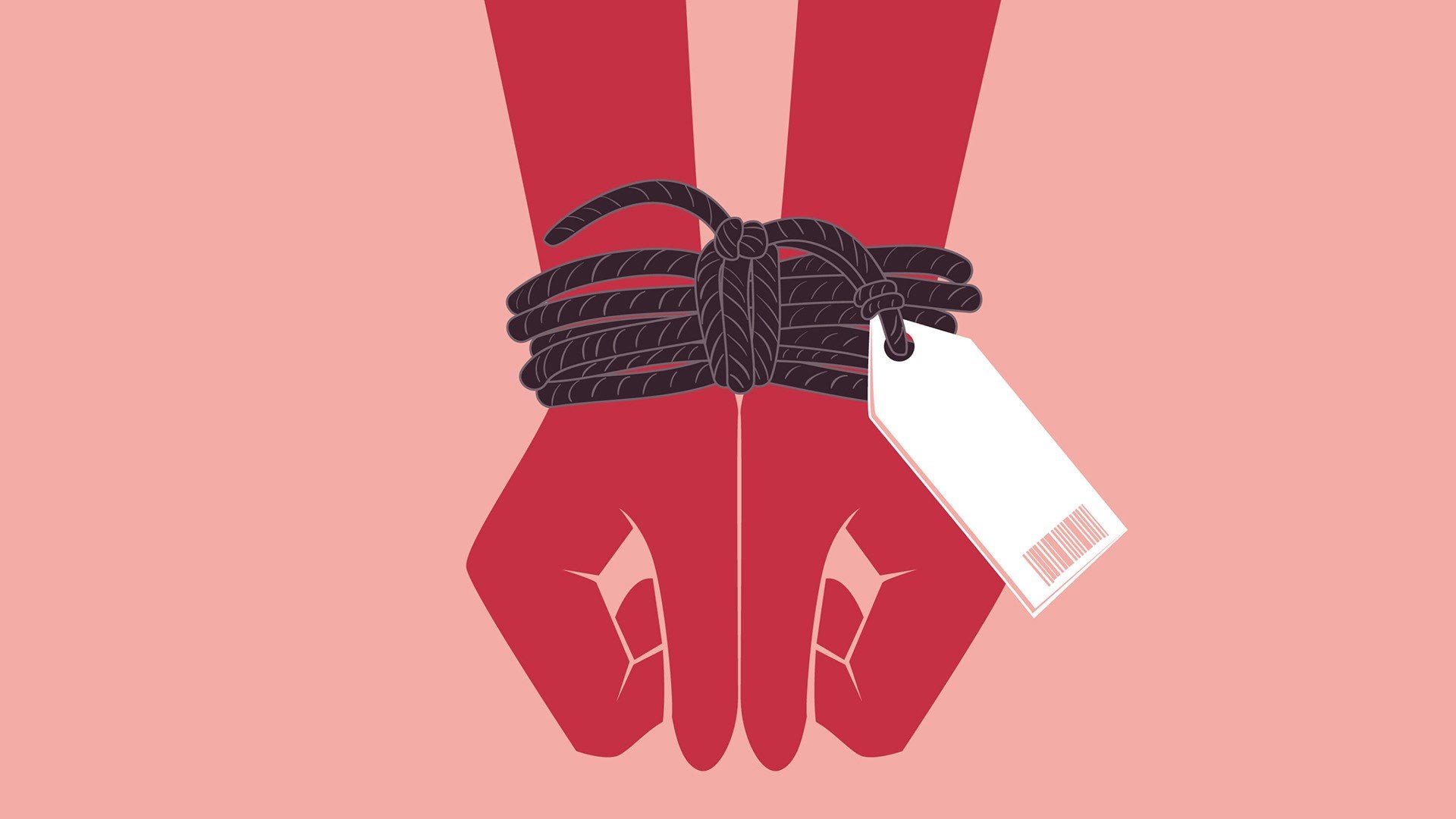 |
| United Nations estimates show that each year about 2.4 million people are trafficked into forced labor worldwide. (Illustration photo) |
Causes and solutions
Migration smuggling and human trafficking are considered a serious threat and endanger the lives of thousands of people every year, especially women and children. The main causes of human trafficking are poverty, conflict, war, gender inequality, political and economic instability, terrorism and organized crime.
The international community has recognized the seriousness of the problem and has introduced many countermeasures, including passing laws to prevent activities, increasing the pursuit and prosecution of criminals and criminal networks that traffic in human beings, and providing support to victims and potential victims.
International organizations such as the United Nations, Europol, Frontex, Interpol, the United Nations Office on Drugs and Crime, and many governmental and non-governmental organizations have also worked together to build legal frameworks and cooperation programs to prevent and address the consequences of human trafficking.
According to Ruth Dearnley, Director of the Stop the Traffik Anti-Trafficking and Modern Slavery Network, one of the biggest obstacles to anti-trafficking efforts is ignorance.
Therefore, it is important to recognize that everyone can be a victim of human trafficking and to understand how human trafficking affects everyone and what everyone can do to prevent it. Therefore, a possible solution is:
Firstly, raising awareness, helping the community and people understand the complexity of this type of crime and that the authorities cannot solve this complex problem alone. Each country needs to have education programs and build awareness campaigns for the people, especially the youth, to help them better understand the related issues, with the community at the center of those awareness campaigns.
Second, there is a need for multi-sectoral and inter-state cooperation in all areas. It is a fact that human trafficking and measures to combat it are always linked to other areas such as immigration, asylum, prostitution, drugs, arms trafficking and other forms of organized crime. It is ineffective to marginalize the issue of human trafficking and treat it as a problem that can be tackled by a few special task forces or specialized units.
To see the complexity of the problem, international human trafficking, for example, raises immigration issues, but victims of international human trafficking cannot be treated simply as illegal migrants and efforts to address the problem cannot be limited to strict border and border control measures.
In many cases, victims of human trafficking become traffickers themselves. To effectively address the problem, multi-sectoral and international cooperation is needed to develop comprehensive and effective prevention and response strategies, action plans and campaigns.
| According to United Nations estimates, each year about 2.4 million people are trafficked into forced labor worldwide, including 600,000 to 800,000 people trafficked across borders and 12,000 children forced to work as slaves on cocoa plantations in West Africa. |
Third, anti-trafficking strategies need to be embedded in policies across all sectors, from supporting the livelihoods of the poor to improving the quality and scope of education for women in high-risk countries, to increasing police salaries in countries in areas prone to trafficking, making them less vulnerable to bribery by traffickers.
Fourth, put victims at the center of efforts to prevent trafficking. This approach is primarily aimed at rescuing victims, but that is not enough. Victims of trafficking also need reintegration assistance and livelihood support to ensure they do not fall back into the cycle of poverty that creates the conditions for trafficking, and even to ensure that they do not go from being victims to becoming traffickers.
A real story from “Stop the Traffik” is about Angela, a 28-year-old Colombian woman with 2 children and a very poor family, often in debt. Angela went abroad at the invitation of an old friend to work and earn a lot of money. However, as soon as Angela arrived, her passport was confiscated, she was taken to a hotel and forced into prostitution. After 4 months of sexual exploitation day and night without being able to leave the hotel room, Angela finally escaped and returned to Colombia with the help of the community and local police. Currently, she has been supported with a livelihood in her home country through the “Stop the Traffik” network, her life is temporarily stable. This is a solution that will bring long-term and sustainable results.
Faced with the increasing problem of human trafficking, many countries and international organizations have proposed strong solutions, achieving remarkable results. However, this problem is still occurring in a complex and serious manner in many places around the world, requiring more frequent coordination and interdisciplinary efforts between countries, organizations and the joint efforts of the entire political system within each country.
Source



![[Photo] President Luong Cuong holds talks with South African President Matamela Cyril Ramaphosa](https://vphoto.vietnam.vn/thumb/1200x675/vietnam/resource/IMAGE/2025/10/23/1761221878741_ndo_br_1-8416-jpg.webp)
![[Photo] Prime Minister Pham Minh Chinh meets with South African President Matamela Cyril Ramaphosa](https://vphoto.vietnam.vn/thumb/1200x675/vietnam/resource/IMAGE/2025/10/23/1761226081024_dsc-9845-jpg.webp)
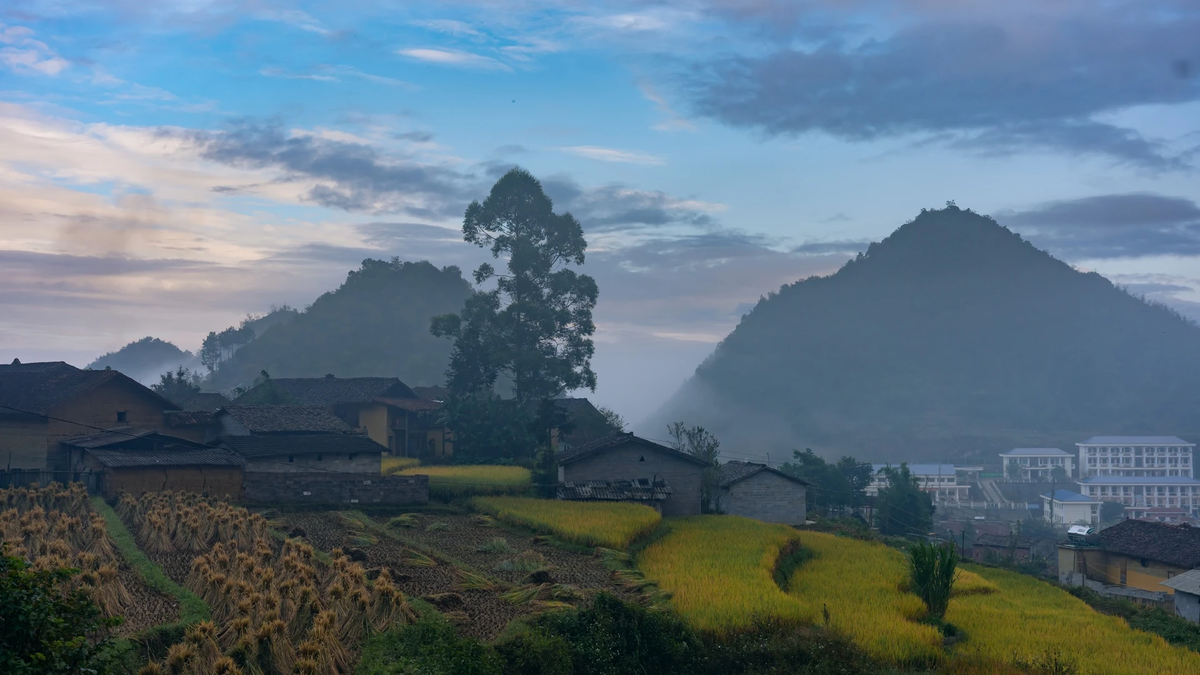

![[Photo] Prime Minister Pham Minh Chinh chairs meeting on railway projects](https://vphoto.vietnam.vn/thumb/1200x675/vietnam/resource/IMAGE/2025/10/23/1761206277171_dsc-9703-jpg.webp)
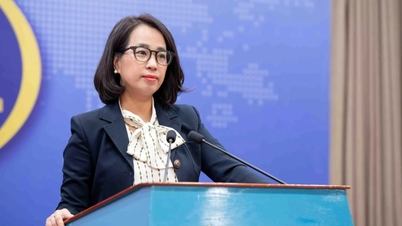







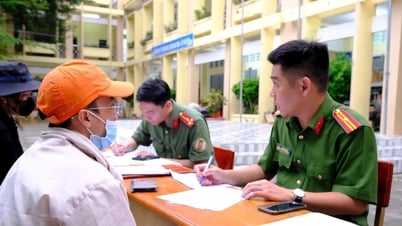

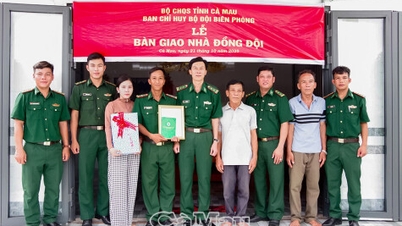





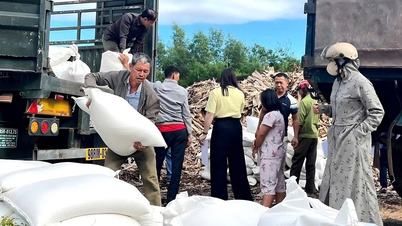

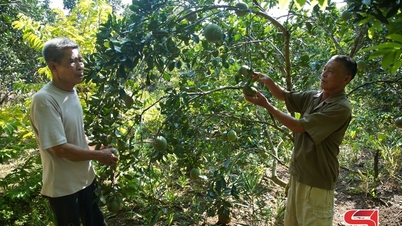

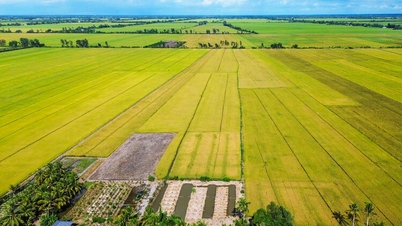



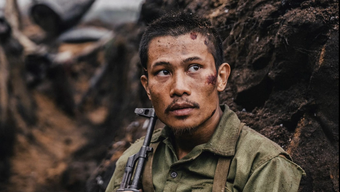

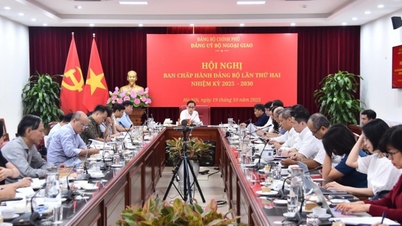
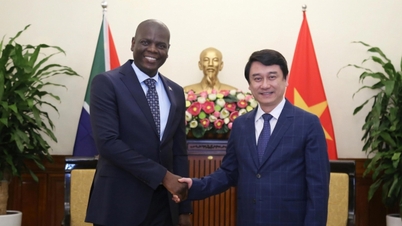
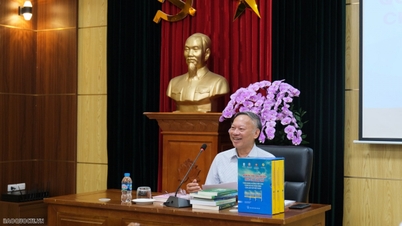
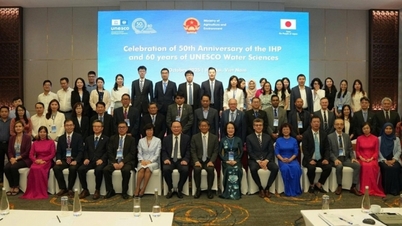
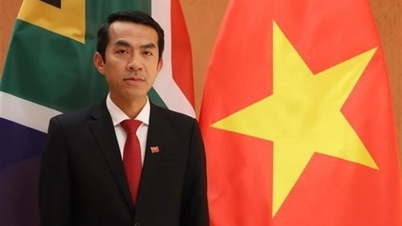
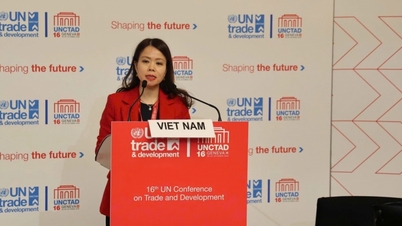
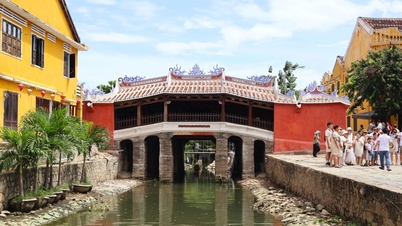


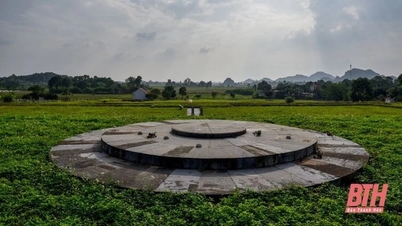

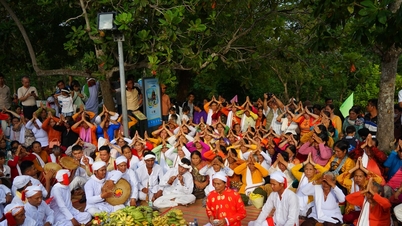
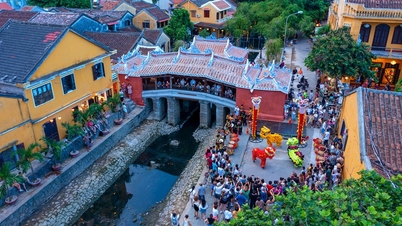

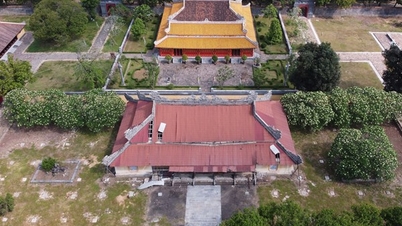


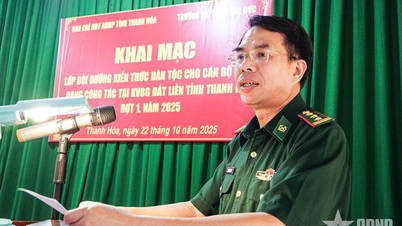



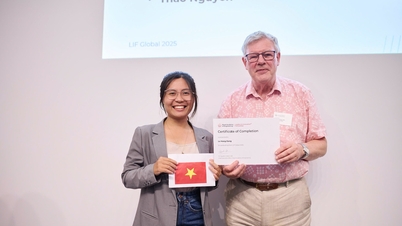



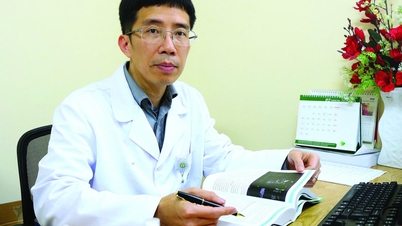








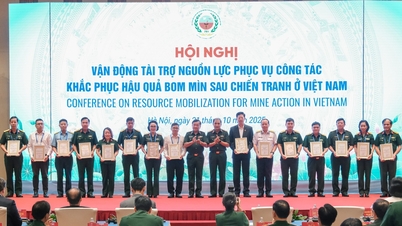



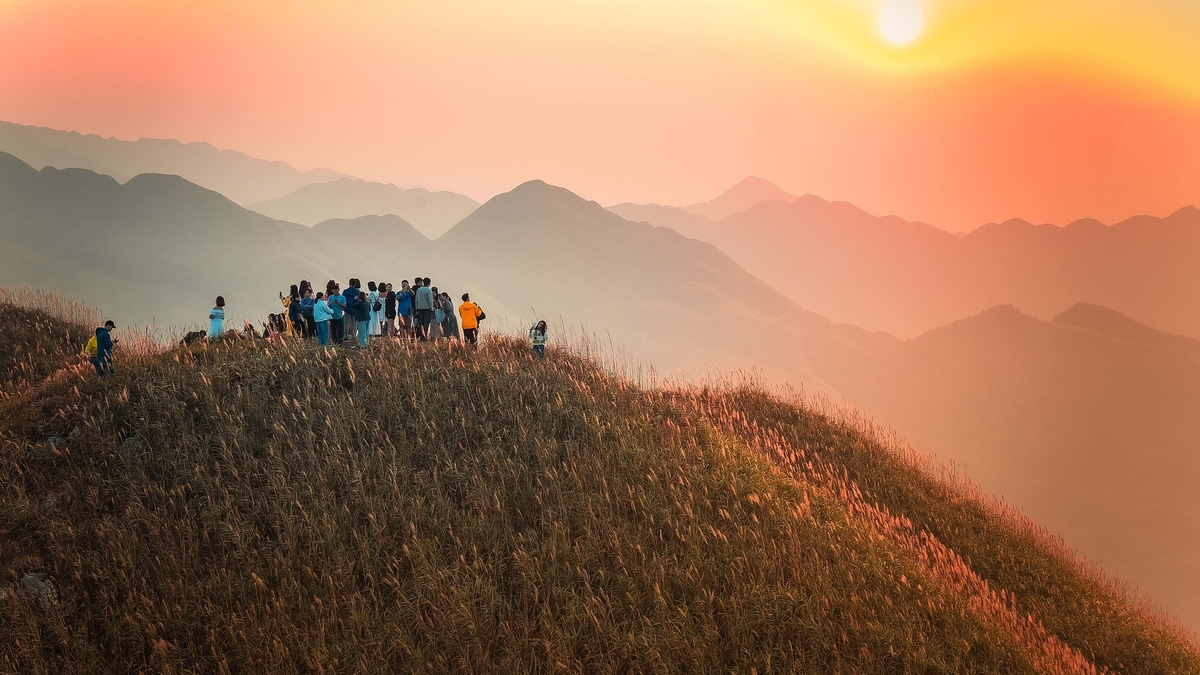




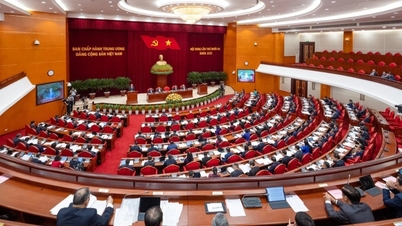

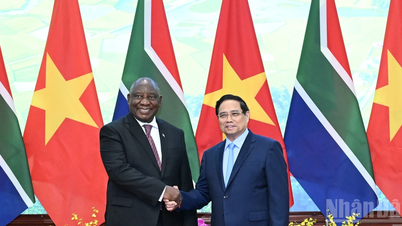
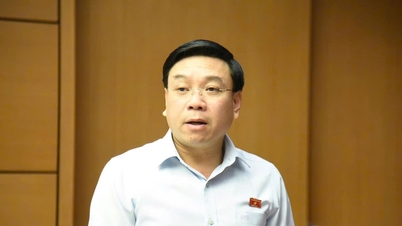
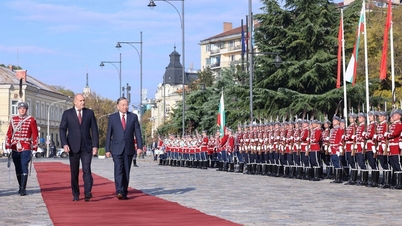


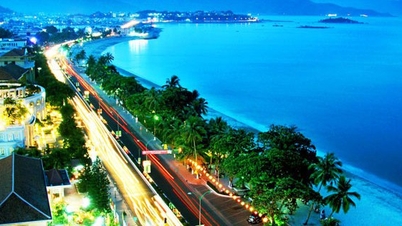
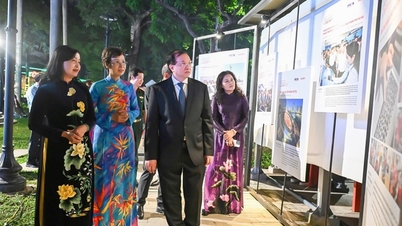
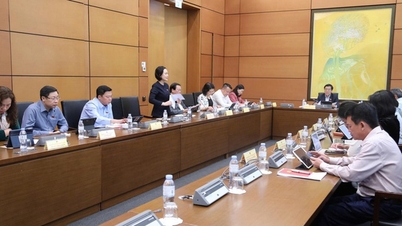
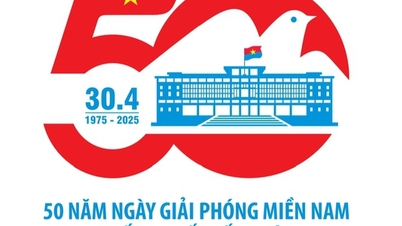
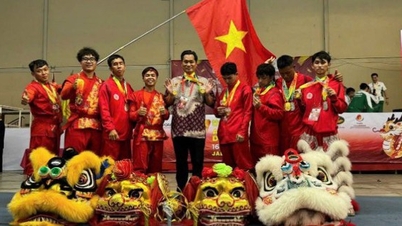
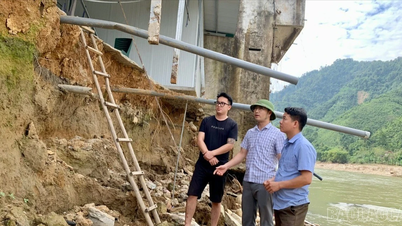

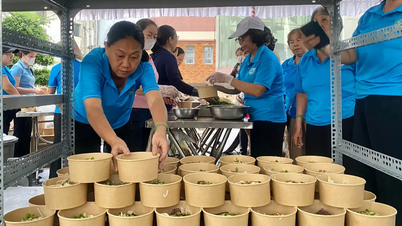




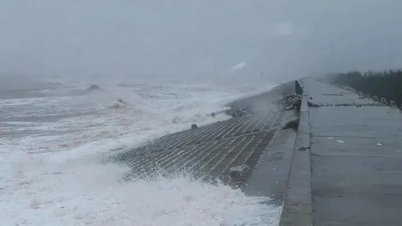















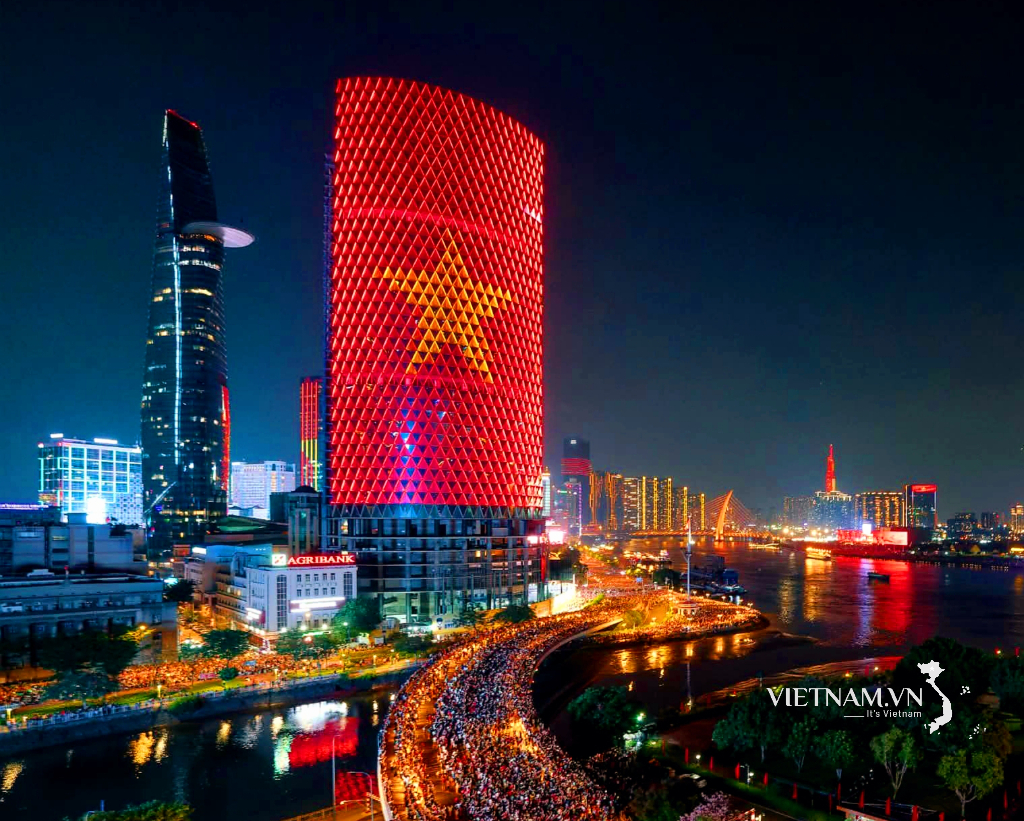
Comment (0)